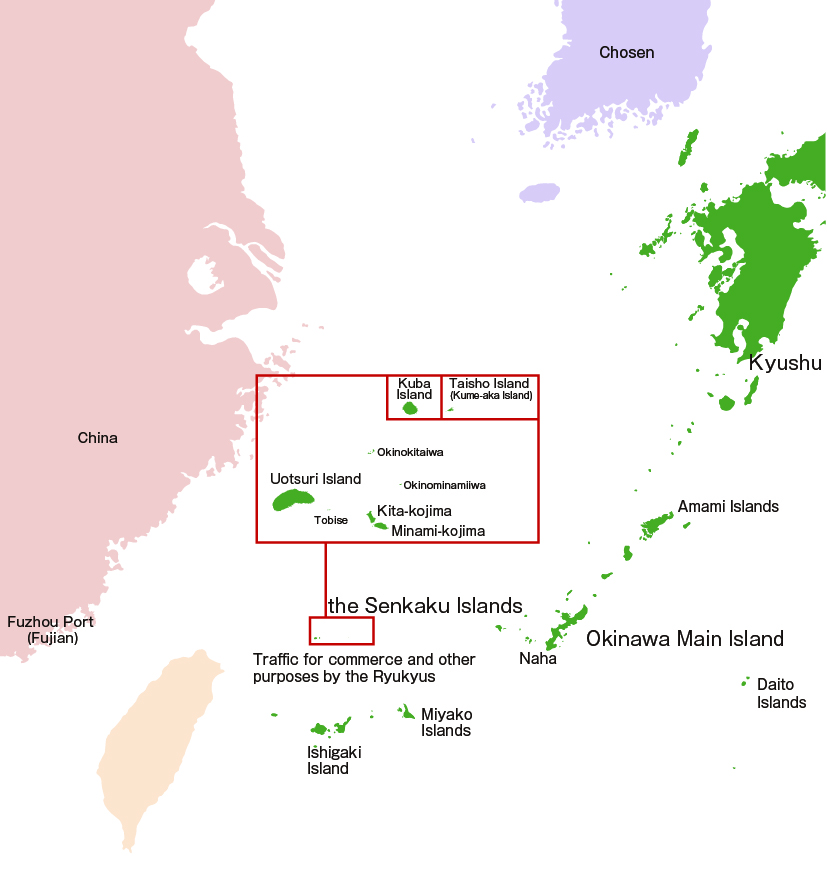The Senkaku Islands were used as a navigation marker by vessels passing through the East China Sea. The existence of the islands had long been known, as they appeared in documents and nautical charts of the Ryukyu Dynasty.
However, the Senkaku Islands, which were uninhabited, were never administered by any other country before Japan incorporated them into its territory in 1895.
In addition, in the Edo Period (1603–1867), although the Ryukyu Dynasty continued to pay tribute to the Qing Dynasty, the Ryukyu Dynasty was under the rule of Satsuma Domain, and the Edo Shogunate regarded the Ryukyu Islands as part of Satsuma Domain.
After the Meiji Restoration, the Ryukyu Dynasty became the Ryukyu Domain in 1872, which made clear its affiliation to Japan, and it subsequently became Okinawa Prefecture in 1879.




